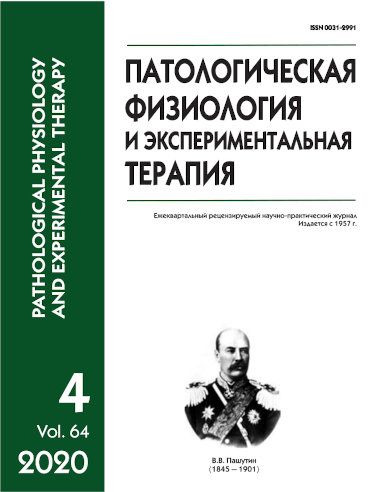Relationship of toll-like receptors and nuclear transcription factors in asthma
Abstract
Bronchial asthma is a common, chronic and heterogeneous disease. During the last few years, clinical studies have provided new information about asthma phenotyping, endotyping, and therapeutic options. With all effectiveness of traditional asthma treatments, in a number of patients the disease is either controlled partially or not controlled, despite intensive, recommendation-based treatment. This makes further study of the pathogenesis of asthma-related chronic inflammation essential for developing new therapeutic strategies. The development and progression of asthma are caused by activation of intracellular signaling pathways and inflammation genes in response to action of trigger factors. Intracellular modulators of the inflammatory response at the gene level are nuclear transcription factors, which include proinflammatory activator protein-1 (AP-1) and nuclear factor-kappa B (NF-kB). Intracellular modulators also include the glucocorticoid receptor (GR)) and peroxisome proliferator-activated receptors (PPARs), which have an anti-inflammatory activity. The relationship between pro- and anti-inflammatory nuclear transcription factors is presently under close investigation since it may represent a target for strategies of managing the inflammatory process, including in asthma. Toll-like receptors (TLRs) play an important role in the signaling mechanisms that initiate inflammation through activation of NF-kB and AP-1. At the same time, TLRs can modulate the expression of PPARs and GR, which have an anti-inflammatory action due to suppressing the activity of NF-kB and AP-1. This review summarizes current views on the structure and function of nuclear transcription factors and TLRs, as well as their participation in the pathogenesis of chronic inflammation in asthma. Regulation of the relationship between TLRs and nuclear transcription factors may be an important therapeutic target in asthma.






